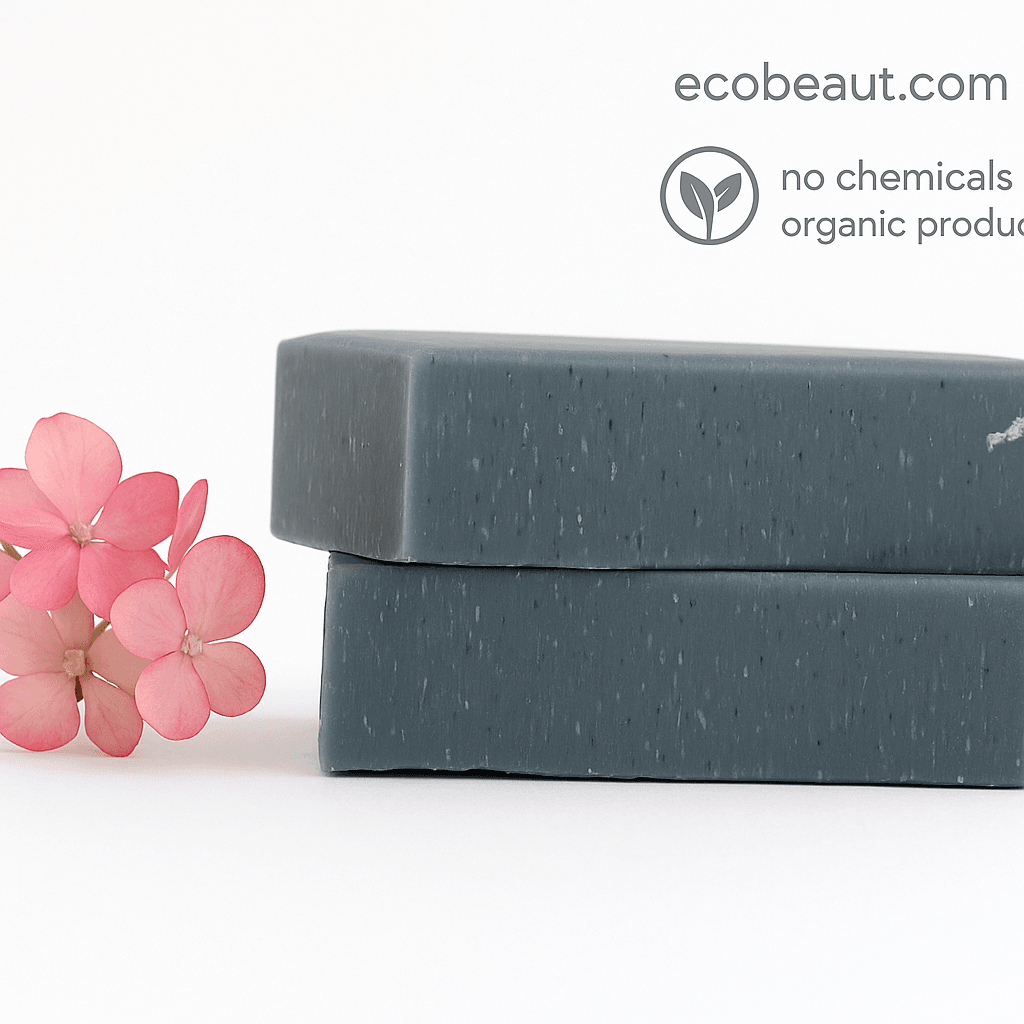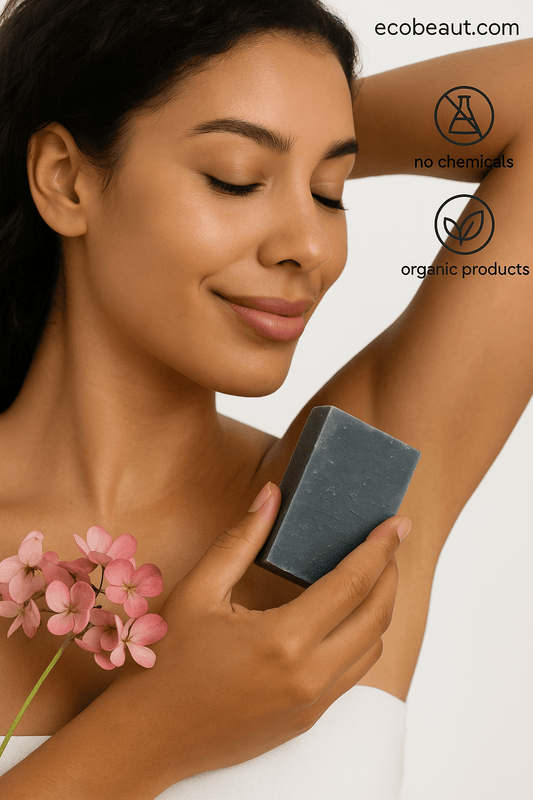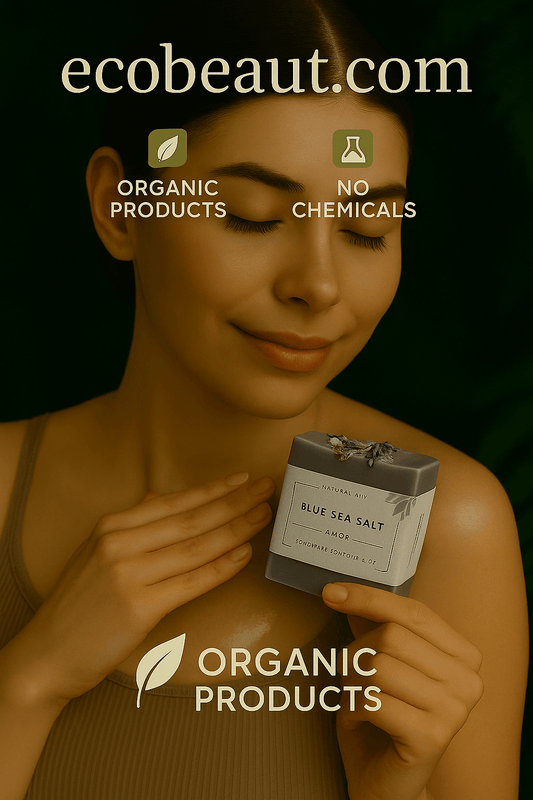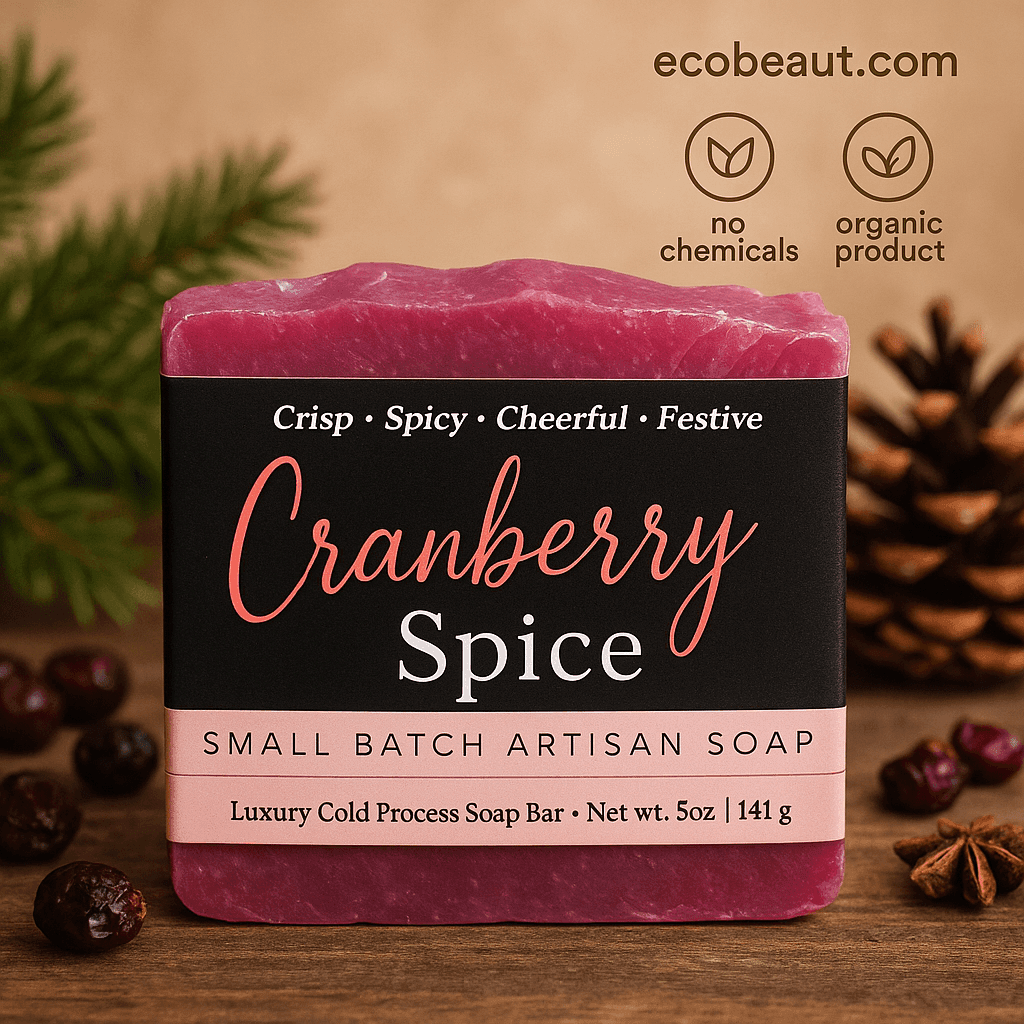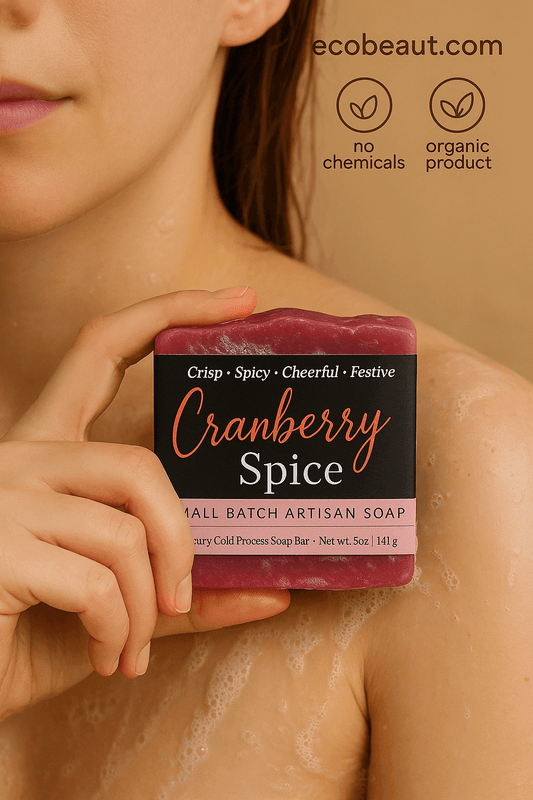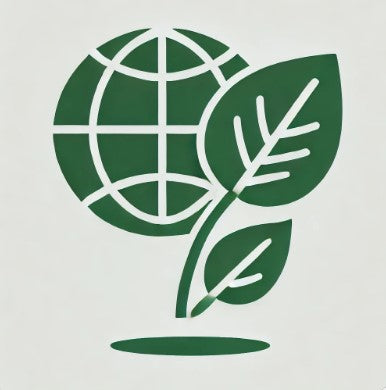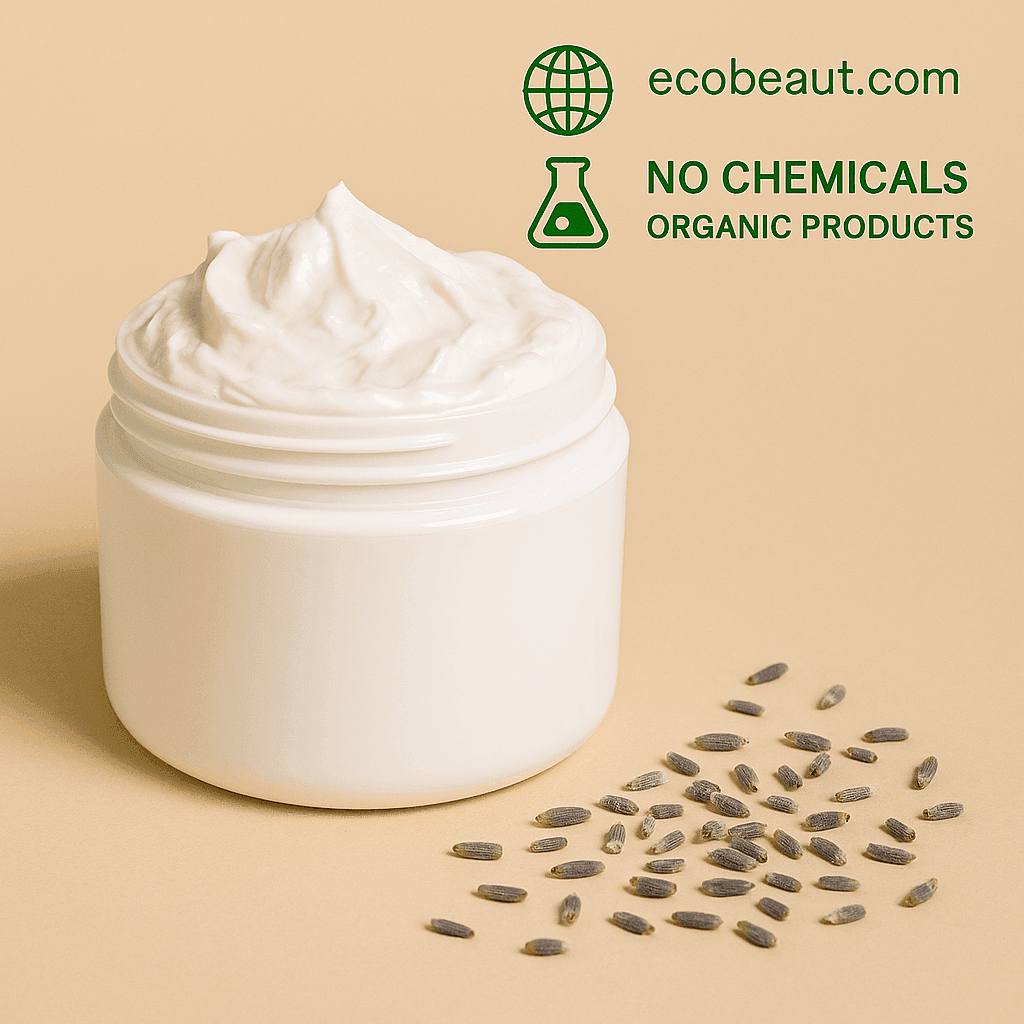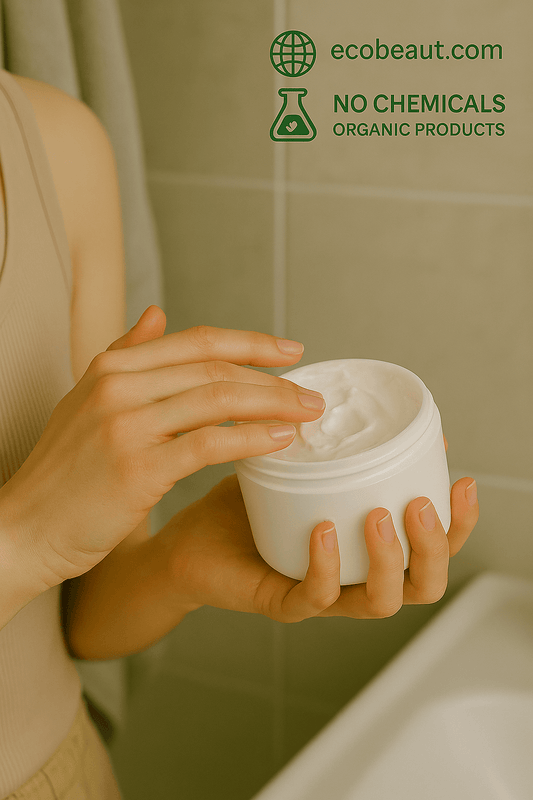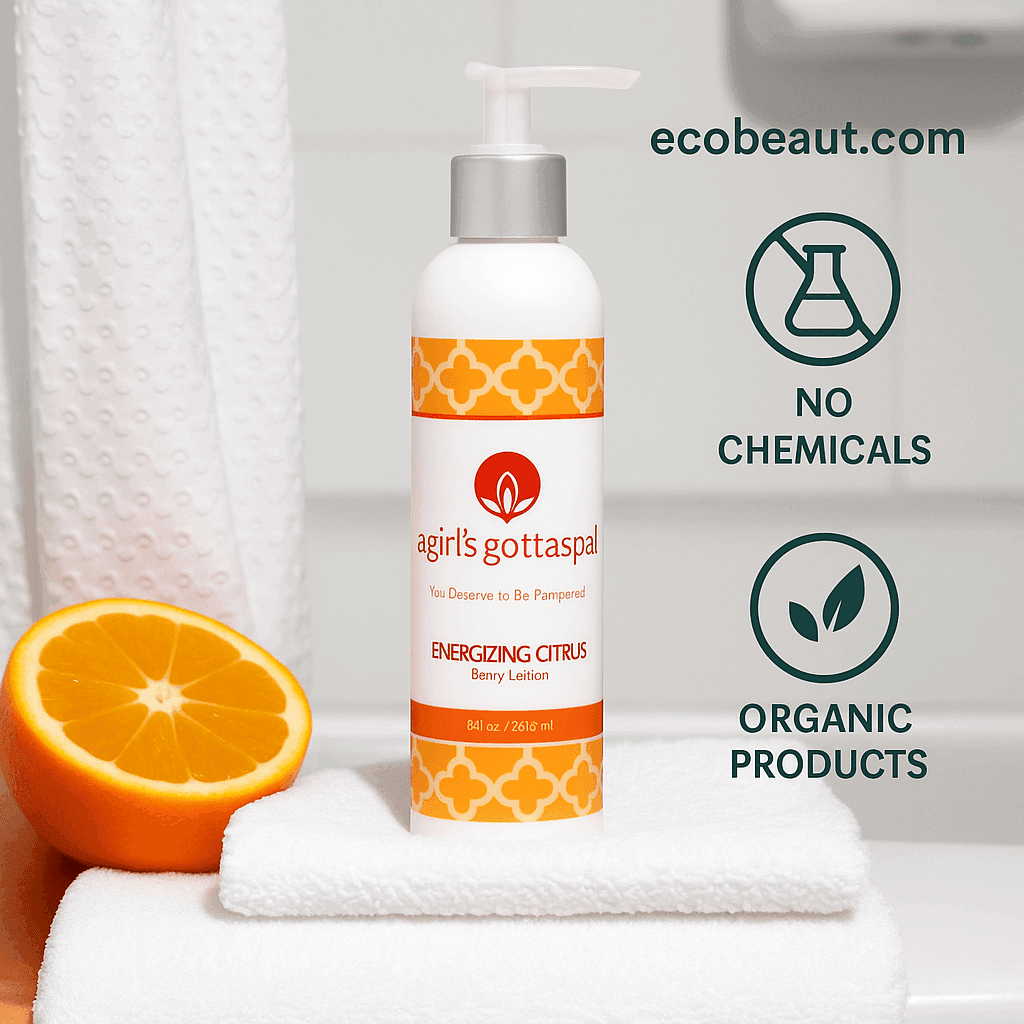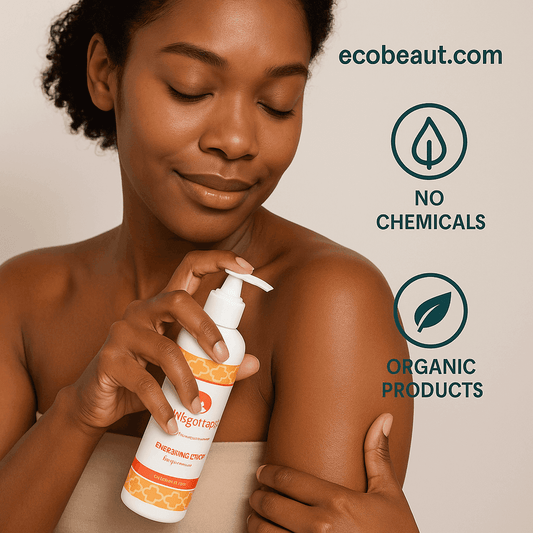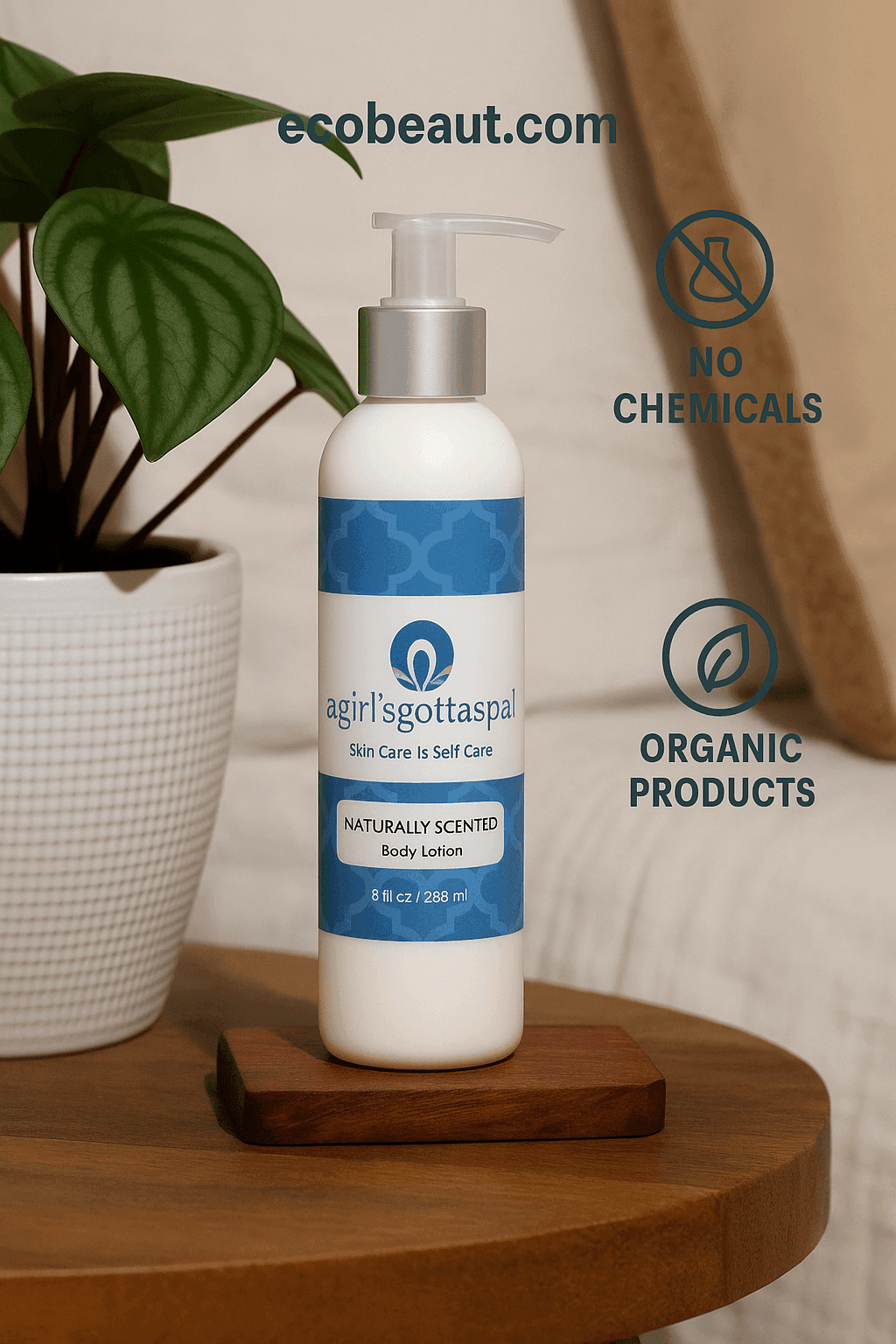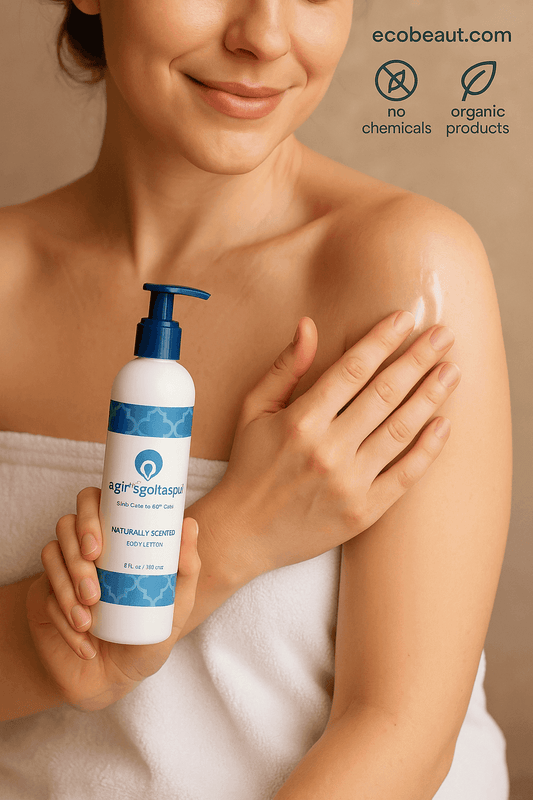The beauty industry is synonymous with luxury, innovation and creativity. But its impact on the environment is far from glamorous. The sheer volume of waste generated by beauty product packaging is staggering, with more than 120 billion units of packaging produced each year. This waste not only fills landfills, but also leaches into ecosystems, exacerbating the global pollution crisis.
Today's environmentally conscious consumers are demanding change, prompting the industry to rethink its approach. Sustainable cosmetic packaging has emerged as a transformative solution, offering ways to reduce environmental impact while maintaining the elegance and functionality that beauty brands are known for. This article explores the latest breakthroughs in eco-friendly packaging, from biodegradable materials to refillable systems and zero-waste initiatives that are reshaping the future of beauty.
The problem with traditional packaging
Traditional cosmetic packaging relies heavily on plastics and other non-recyclable materials. These materials are designed to last, but in landfills they can take hundreds or even thousands of years to decompose. Unfortunately, the beauty industry is a major contributor to this waste crisis.
- Plastic pollution by the numbers According to environmental studies, plastics account for over 90% of beauty packaging. A significant portion of these plastics are single-use, meaning they are discarded after the product is finished. Despite recycling programs, less than 9% of the world's plastics are effectively recycled, with the rest ending up in oceans or landfills.
- The challenge of mixed materials Many beauty products contain mixed materials such as plastic, metal and glass in a single item (e.g. pumps or mirrors). This makes recycling nearly impossible, as separating these materials is resource intensive and costly.
- Microplastics and their Hidden Danger Beyond the visible litter, microplastics pose an insidious threat. Found in some cosmetic formulations and packaging, these tiny plastic particles end up in water systems, harming marine life and eventually entering the food chain.
Innovative Sustainable Packaging Materials
To combat the problems caused by traditional packaging, many brands are turning to innovative materials that prioritize biodegradability, recyclability and renewable resources.
- Biodegradable and Compostable Options
- Plant-based plastics: Materials derived from sugar cane, corn starch, or algae are replacing petroleum-based plastics. These biodegradable alternatives break down into non-toxic components, reducing long-term waste.
- Mycelium Packaging: Mycelium, a material derived from mushrooms, is increasingly being used in beauty product packaging. It is lightweight, durable and compostable, making it an excellent alternative to plastic.
- Glass and Metal Alternatives
- Recyclable Glass: Glass containers for skin care and cosmetics are making a comeback. Not only are they infinitely recyclable, but they also add a luxurious aesthetic.
- Lightweight Metals: Aluminum and tin are being used for compact, recyclable packaging, particularly in lipstick and cream containers.
- Paper-based packaging Advanced techniques have allowed brands to develop water-resistant paper cartons suitable for holding beauty products. Brands such as Lush and Ethique have successfully used paper packaging for solid shampoos and soaps.
Refillable and Reusable Packaging Systems
Refillable packaging is another innovative approach that allows consumers to reuse containers multiple times instead of throwing them away. This system not only reduces waste, but also promotes a circular economy.
- Brands embracing refillables
- Kjaer Weis: Known for its luxurious refillable compacts, Kjaer Weis offers a chic yet sustainable alternative to disposable packaging.
- Rituals: Rituals has introduced in-store refill stations where customers can replenish products such as body creams and hand washes.
- Refill Stations and Bulk Buying Many zero-waste stores are implementing bulk buying systems that allow customers to refill their containers with everything from shampoo to moisturizer. This approach minimizes packaging waste and encourages sustainable consumer habits.
- Sustainability impact Refillable systems significantly reduce resource consumption. For example, reusing a glass jar multiple times eliminates the need to manufacture and transport new packaging, reducing both energy consumption and carbon emissions.
Zero waste initiatives and minimalist design
The zero waste movement is changing the way brands approach packaging. Instead of focusing solely on alternative materials, some companies are designing products that require minimal or no packaging at all.
- Naked Products "Naked" beauty products, such as solid shampoos, soaps, and lotion bars, are packaged minimally or not at all. Lush Cosmetics is a pioneer in this field, offering a wide range of products with zero packaging.
- Minimalist Aesthetics Modern packaging design often involves stripping down to the essentials - using less material, opting for mono-material components, and eliminating non-functional elements such as decorative layers.
- Encouraging Consumer Participation Brands are educating consumers on how to adopt zero-waste practices, such as buying in bulk, choosing naked products, and properly disposing of recyclable materials.
Challenges to Scaling Sustainable Packaging
Despite its potential, sustainable packaging faces several barriers to widespread adoption.
- High production costs Sustainable materials often cost more than traditional plastics. This is a barrier for small or emerging brands that may not have the resources to invest in eco-friendly options.
- Consumer Awareness and Acceptance While eco-conscious consumers are on the rise, many remain unaware of the benefits of sustainable packaging. In addition, some consumers resist refillable or reusable systems due to perceived inconvenience.
- Regulatory and supply chain barriers Uneven packaging material regulations across regions complicate the global implementation of sustainable practices. In addition, sourcing renewable materials in sufficient quantities can be challenging.
The role of innovation and technology
Innovation and technology are driving sustainable packaging by addressing many of its challenges.
- Smart packaging solutions
- QR codes and NFC tags replace printed inserts, reducing paper waste while providing digital access to product information.
- Smart packaging also tracks a product's lifecycle, ensuring transparency in sustainability claims.
- AI and blockchain.
- AI helps brands optimize material usage and reduce waste during production.
- Blockchain technology ensures traceability, verifying that materials are sustainably sourced and processed.
Future Outlook: What's Next?
The future of green packaging lies in collaboration between beauty brands, governments, and consumers. Innovations such as biodegradable plastics, refill stations in retail stores, and standardized recycling programs are expected to expand in the coming years. In addition, we may see stricter regulations requiring brands to adopt sustainable practices as part of their operations.
Sustainability is becoming more than a marketing strategy - it is a responsibility. Brands that invest in green solutions are likely to gain consumer trust and loyalty, giving them a competitive edge in a crowded marketplace.
Green cosmetics packaging is not just a trend, but a critical step in reducing the beauty industry's environmental impact. By using biodegradable materials, refillable systems and zero-waste designs, brands can significantly reduce waste and carbon emissions.
However, the success of these initiatives depends on collective action. Consumers must demand sustainable practices and make environmentally conscious choices, while governments and organizations must enforce policies that encourage green innovation. Together, these efforts can transform the beauty industry into a model of environmental responsibility, ensuring a future where luxury and sustainability go hand in hand.


